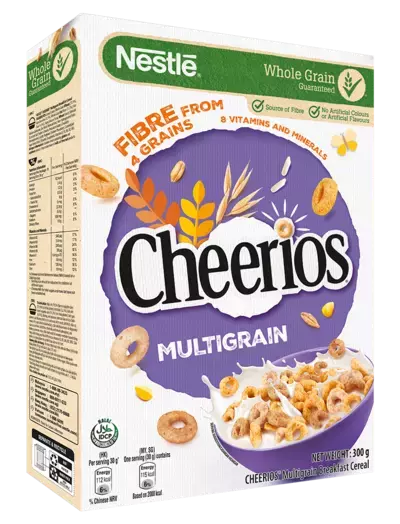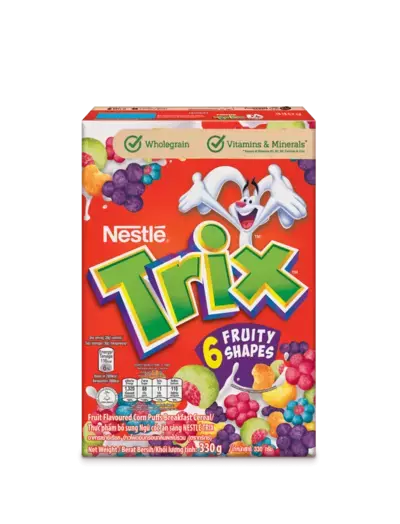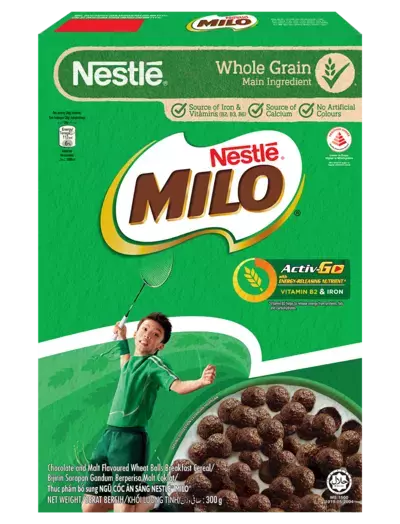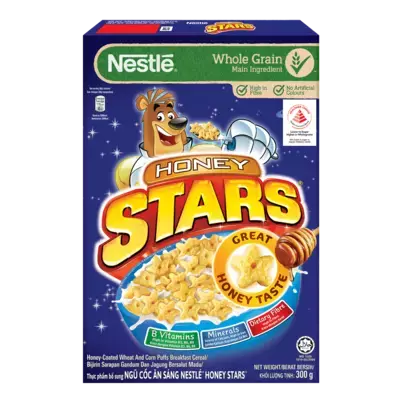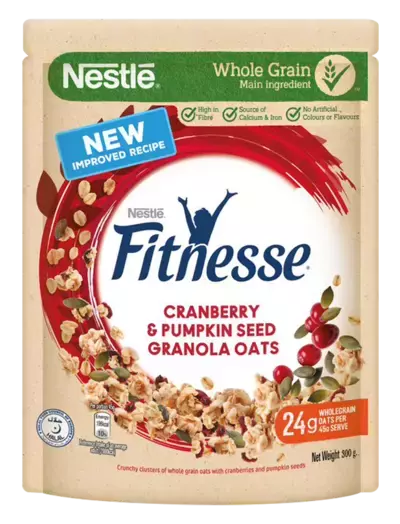Contact us
Any questions of feedback? We’d love to hear from you.
CONSUMER SERVICE
Call our Consumer Services careline free on:
800 6011 633.
Phone lines are open 9am to 5pm Monday to Friday.
You can now also contact us via Facebook:
Nestlé Breakfast Cereals Singapore
RETURN ADDRESS
consumer.services_sg @care.nestle.com
